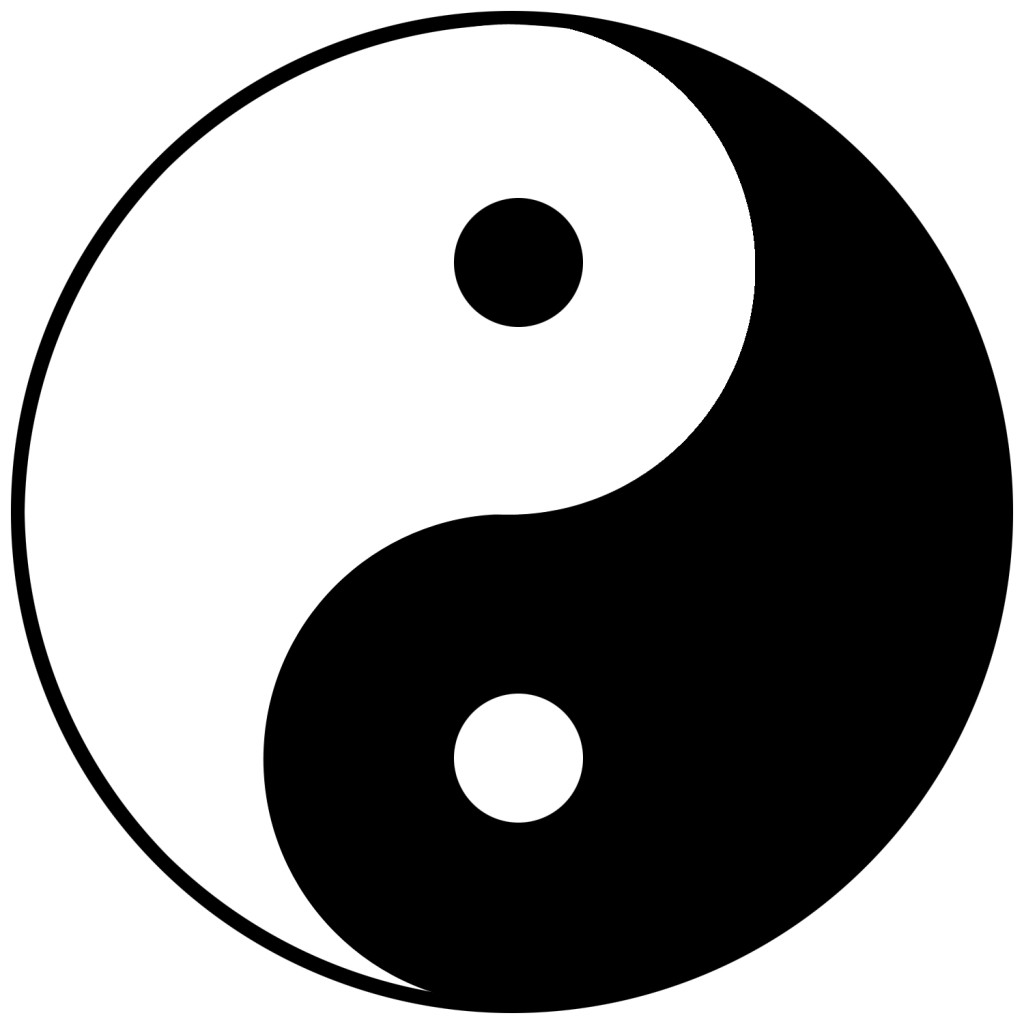SILVIA PIO
The I Ching (Yijing) or Book of Changes is the oldest of the Chinese classics and was originally conceived and compiled as a divination manual, a handbook for fortune tellers. It is believed to be one of the world’s oldest books and, with a history of more than two and a half millennia of commentary and interpretation, it has had a profound influence on religion, psychoanalysis, business, literature, and art throughout the world.[1]
It has probably never been thought of as poetry, but Richard Berengarten’s work will certainly change that.[2] It will draw attention to its poetic elements, in terms of both its richly polysemicsyumbols and its elegant structure. Berengarten’s Changing, which is considered the most ambitious poem ever written outside the Chinese language in honour of the I Ching, is a homage both to this ancient text and to Chinese history and culture.
It is a single long poem composed of 64 sections (like the 64[3] hexagrams of the I Ching), and these sections deal with every aspect of human experience, like the I Ching.
At the end of the book there is a long section of Notes and Dedications, listing the people to whom Berengarten has dedicated some of the poems, including the writer of this article (and for this reason I am very honoured). This poem can be found here.
In his Preface, Edward Shaughnessy writes: “Many readers may recall the divine inspiration Plato attributed to poets… Changing provides us reason to hope that it was not only in antiquity that the gods spoke through the poets – as also the diviners and holy prophets – but that they may continue to do so today”.[4]
The gods speak to us through poets, diviners and prophets, but these also speak to the gods for us. This bilateral communication is similar to a feature of the Chinese language: verbs of communication were originally bidirectional, ‘buy’ and ‘sell’ were written with the same word, as were ‘give’ and ‘take’, ‘explain’ and ‘understand’. Poets are thus diviners and prophets, whose minds are directed by a superior force who, through them, converses with us.
Berengarten first came across the I Ching in 1962 when he was nineteen, and has been fascinated by it ever since, consulting it for divination and exploring the various versions and the historical aspects of it. “The final shape and content of Changing have emerged out of both aspects of this involvement”.[5] The first poem was written in 1984,[6] based on a divination. “This led to more poems, all patterned on the structure that had emerged during composition of this first one”,[7] with six stanzas, each consisting of three lines. In this way the forms of both hexagram and trigram are implicitly represented.
By the 1990s the author began to entertain the idea of writing a collection and in 2001 he made a first attempt to gather some pieces together. They appeared under the title ‘Following’ in Book With No Back Cover.[8] Berengarten has therefore been exploring the I Ching for more than 50 years.
Changing is modelled on the I Ching:[9] the book consists of 64 clusters of poems, each representing a hexagram, and each beginning with an italicised ‘head poem’, which is related thematically to its corresponding hexagram title and statement in the I Ching, followed by six further numbered poems corresponding structurally (and often thematically) to the hexagram’s six change-lines. So 64 x 7 plus two additional poems for the I Ching extra line-readings in the first two hexagrams makes the number of poems in the book 450.
A unique feature of the I Ching is that while its penultimate hexagram is entitled ‘Already Completed’ its sixty-forth and final is ‘Not Yet Completed’. When you think you have finished, you realize you have just begun, or in other words one ending is but another beginning. “This is the nature of change and changing”.[10]
When Berengarten started writing the poems related to the I Ching he knew next to nothing about the ancient text. “Perhaps, lacking the charge of discovery that ignorance donates so freely … to any absolute beginner, particularly when young, I might not even have started to write it [Changing] at all. So here, then, the book’s close, which is a non-finishing and an un-ending, delivers its unpredicted and unforeseen openings. The future is always the strongest of all attractors and beginnings are precisely where, again and again, the I Ching always locates itself”.[11]
Berengarten has written a book of prayer, prophecy and poetry, where form and content blend in the same way as yin and yang, which are opposites but not entirely, interdependent and originating one from the other. A book that has dared to model one of the oldest and most manifold texts of the world’s culture and has managed to acquire its complexity, its non-linear perception of things, its wisdom, that is necessary to invent always new ways to consider ancient human problems.
Changing, Shearsman Books, UK, September 2016
Calligraphy by Yu Mingquan, Professor of Calligraphy at Shandong University of Art and Design
One poem has already been published in Margutte, together with some notes about Changing: The sound of one hand clapping
For other articles about Richard Berengarten click on the tag with his name.
(Originally published in Margutte on 7.02.2017)
[2] Edward L. Shaughnessy, Professor in Early Chinese Studies, University of Chicago.
[3] The number 64 comes from multiplying 8 by itself. The number eight is represented with the infinity symbol and has important meaning in different spiritual traditions. The squares of a chessboard also number 64. In chess an infinite number of moves are possible, as on the chessboard of Life.
[4] Edward L. Shaughnessy, Professor in Early Chinese Studies, University of Chicago, in the Preface.
[5] The author in the Postscript.
[6] ’Two lakes, joined’, p. 464.
[7] The author in the Postscript.
[8] David Paul, London, 2003.
[9] Berengarten intends to provide a more detailed account of connections between Changing and the I Ching in a separate book of essays.
[10] Edward L. Shaughnessy, Professor in Early Chinese Studies, University of Chicago, in the Preface.
[11] Ending of the author’s Postscript.





